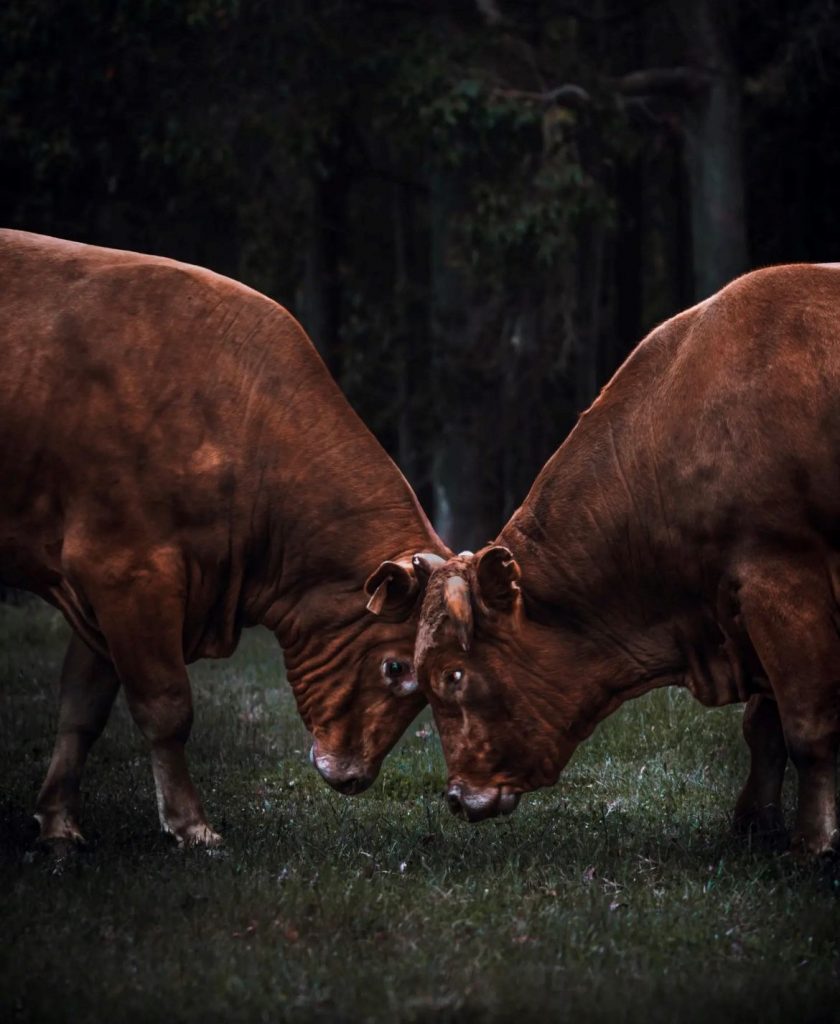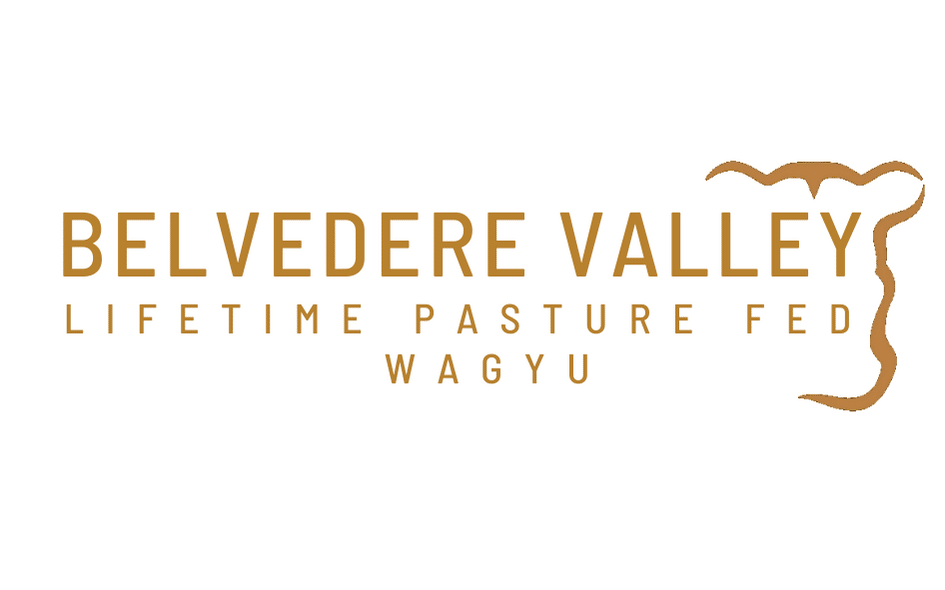The Marvels of Red Wagyu: A Regenerative Farming Champion
Today, we delve into the fascinating world of Wagyu cattle, specifically the Red Wagyu, and explore their unique advantages, particularly in the context of regenerative agriculture.

Wagyu, the Japanese term for “Japanese cow,” is synonymous with luxury beef known for its exceptional marbling and buttery tenderness. Within the Wagyu family, there are two prominent types: the Black Wagyu and the Red Wagyu (Akaushi). While Black Wagyu, such as the famed Kobe beef, is renowned for its intense marbling and rich flavors, the Red Wagyu offers a milder, yet equally exquisite taste profile.
The physical build of these cattle plays a significant role in their farming and meat production. Black Wagyu, with their taller and leaner frames, resemble dairy breeds and are often associated with a higher fat content ideal for marbling. On the other hand, Red Wagyu cattle boast a build more akin to traditional beef cows, with a robust and muscular physique that thrives on grass, making them excellent foragers and natural mothers.
Red Wagyu: The Natural Mothers
Red Wagyu cows are celebrated for their maternal instincts and capabilities. They exhibit calving ease due to their lighter birth weights, and their calves often benefit from the rich milk and attentive care provided by their mothers. This natural nurturing ability ensures a strong start for the calves, which is crucial for the sustainability of the herd.
Thriving on Grass: The Red Wagyu Advantage
One of the most compelling attributes of Red Wagyu is their exceptional ability to flourish on grass. Unlike their Black counterparts, which may require grain finishing to achieve optimal marbling, Red Wagyu cattle can achieve excellent carcass quality through grass feeding alone, although a marbling score of 9+ is rare on grass alone, but we are working on it! Their efficient ability to develop well on grass not only aligns with the principles of regenerative farming but also contributes to the production of naturally nutrient dense, beefy flavoured, heart-healthy beef.
The Environmental Footprint
Regenerative farming with Red Wagyu goes beyond just producing premium beef; it’s about nurturing the land. By embracing practices that rebuild healthy topsoil, encourage biodiversity, and reduce chemical inputs, we ensure that our farming methods leave a positive impact on the environment. Red Wagyu cattle play a pivotal role in this ecosystem, as their grazing patterns help sequester carbon in the soil, combating climate change and promoting a healthier planet. Being a smaller breed helps reduce their impact on the land as well.
The Future is Red
The future of high-quality beef production lies in sustainable practices, and our Red Wagyu cattle are helping us at Belvedere Valley to achieve our goals of producing and ethical and sustainable product. With their natural affinity for grass-based diets, lower environmental impact, and superior maternal qualities, Red Wagyu cattle are not just a choice but a statement—a commitment to excellence, sustainability, and the well-being of our planet.
Join us at Belvedere Valley, where every Red Wagyu is raised with care, respect, and a vision for a regenerative future. It’s not just about the beef; it’s about the legacy we leave for generations to come.
—
Belvedere Valley is proud to be a part of the regenerative agriculture community, championing the cause of sustainable farming with our prized Red Wagyu cattle. For more insights into our practices and to taste the difference for yourself, visit our website and experience the Belvedere Valley difference. Together, let’s savor the flavor of sustainability. So hopefully now you can see why we love our Red Wagyu cows. Where ethical origins produces exceptional Wagyu.


